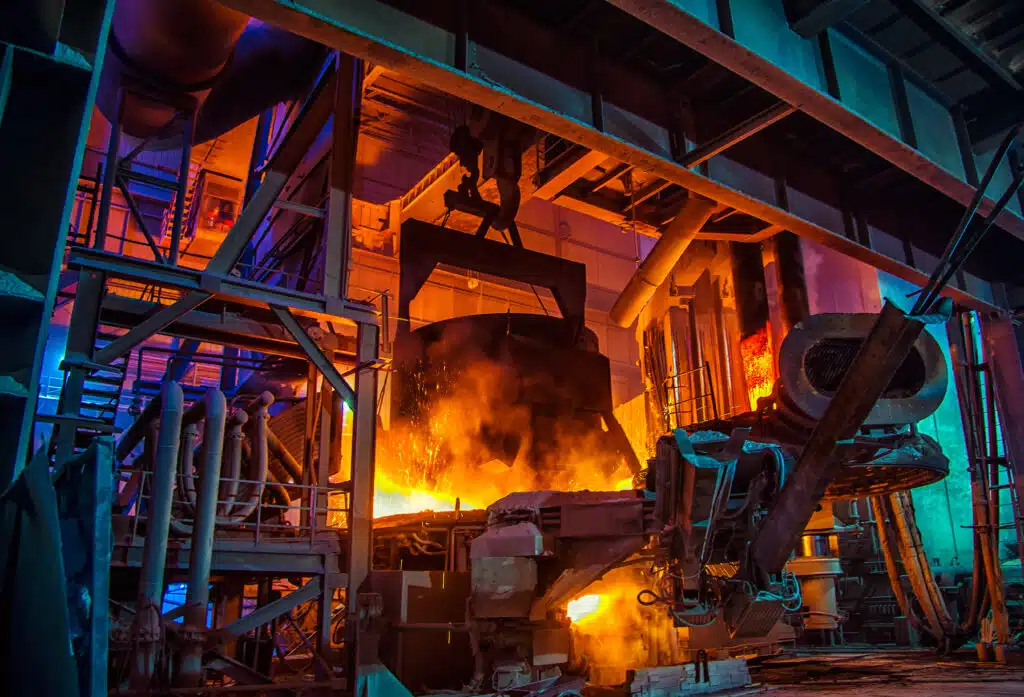
It has been several months since I last provided an update on our market, and since then, there have been significant changes. HR Steel prices dropped from approximately $800/ton in September to around $650/ton at the end of the year, which aligned with the predictions of industry experts. Several analysts had anticipated that the introduction of additional mill capacity in 2022, high inventory levels at the end of the year, and concerns about a possible recession would keep steel prices fluctuating between $650-$700 per ton throughout 2023. However, recent developments have proven that predictions are not always accurate. Over the past month, the steel price indexes have been steadily increasing as various mills announce price hikes. There are indications that steel prices could soon reach $1,300/ton once again. Comparing the HRC future market now and 1 month ago, the increases are quite startling.
The earthquake damage in Turkey did not significantly impact the overall industry, except for a temporary pause as people responded to the immediate devastation. While it is possible that this could cause an increase in US scrap prices as more material is exported in the short term, it seems unlikely to have a lasting impact, the current scrap supply situation is not unusual given the seasonality.
Lead times have crept up slightly, but the supply/demand equation doesn’t seem to support the increases we are seeing.
Mills are still operating below their historic utilization levels, some additional supply shortages have been seen due to the ongoing bankruptcy with AHMSA in Mexico, which has reduced available capacity within USMCA, however, this alone does not explain why lead times are beginning to show signs of increasing along with pricing. Import prices are becoming more attractive once again as near-shore costs rise, which will inevitably lead to an increase in the amount of imported steel. It will take several weeks for this increase in imported steel to flow through to the markets, but I expect this is going to put some downward pressure on prices in the mid-term.
The news from financial markets is often conflicting, but it appears that the increased cost of borrowing money has not yet had a significant effect on our nation’s spending and construction activity beyond the normal seasonal trends. A slowdown is anticipated, but it may take some time to manifest throughout the construction lifecycle. Some industry analysts predict an 18-month lag between costs and construction.
Many of the mill’s customers have shifted from contracted purchases to increased spot market strategies after watching the projected price of material decrease, expecting 2023 to be more of a “buyers’ market.” There is a commonly held belief that the mills are driving the spot market pricing up to secure better, fixed contract pricing.
One thing is certain when it comes to predicting steel prices, the future is unpredictable. I expect elevated prices to persist for the next few months, before market pressures of an economic slowdown and the full benefit of actual capacity increases in the mills correct this and begin to push prices lower again and stabilize for the remainder of the year. The impact of possible future black swan events or a better-than-expected shift in the economy could, of course, totally change all that!